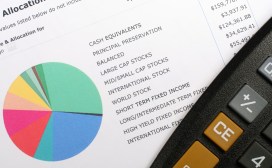Market Orders Explained: From Placement to Fulfillment

Understanding how market orders are processed is an important aspect for anyone involved in trading. Market orders are a fundamental component of the financial markets, and their efficiency plays a crucial role in executing trades swiftly and accurately.
What is a Market Order?
A market order is an instruction to buy or sell a security at the best available current price. This type of order guarantees that the trade will be executed but does not guarantee the price at which it will be executed. This characteristic makes market orders popular among traders looking for quick transactions.
Placing a Market Order
The process begins when an investor decides to place a market order through their brokerage platform. The investor selects the asset they wish to trade and indicates whether they want to buy or sell. Once submitted, the order enters the brokerage’s system for processing.
Order Execution Process
After placement, the brokerage sends the market order to an exchange or alternative trading system where it can be matched with existing bids or offers. The speed of this execution depends on various factors including market conditions, liquidity, and technology used by both brokerages and exchanges.
Factors Influencing Order Fulfillment
Several elements can influence how quickly and efficiently a market order is fulfilled. These include overall market activity, volatility levels, and available liquidity in the specific security being traded. Understanding these factors can help investors anticipate potential outcomes when placing trades.
Post-Execution Considerations
Once executed, investors receive confirmation of their trade along with details such as price and quantity. It’s essential for traders to monitor their orders after execution to understand their impact on portfolio performance and make informed decisions going forward.
In summary, comprehending how market orders are processed enhances one’s ability to navigate trading environments effectively. By recognizing each step from placement through execution, investors can engage more confidently in financial markets.
This text was generated using a large language model, and select text has been reviewed and moderated for purposes such as readability.











